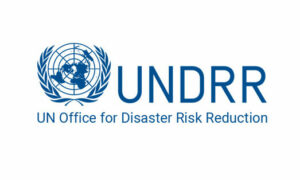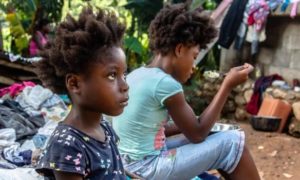Event World Day
International Day for Disaster Risk Reduction 2022
On 13 October, the global community celebrates the International Day for Disaster Risk Reduction, an opportunity to acknowledge the progress being made toward reducing disaster risk and losses in lives, livelihoods and health, while reminding the world that disaster risk is man-made.
About
The United Nations General Assembly has designated 13 October as the International Day for Disaster Risk Reduction (IDDRR) to promote a global culture of disaster risk reduction. The 2022 edition takes place during the Mid-term Review of the Sendai Framework, which will conclude at a High-level Meeting of the General Assembly in May 2023 with a political declaration.
It is an opportunity to acknowledge the progress being made toward preventing and reducing disaster risk and losses in lives, livelihoods, economies and basic infrastructure in line with the Sendai Framework for Disaster Risk Reduction 2015-2030, adopted in March 2015.
2022 Theme: Early Warning
In 2022, the International Day will focus on Target G of the Sendai Framework: “Substantially increase the availability of and access to multi-hazard early warning systems and disaster risk information and assessments to people by 2030.” The urgency to achieve this target was strengthened in March 2022 by the announcement made by the UN Secretary-General António Guterres that “the United Nations will spearhead new action to ensure every person on Earth is protected by early warning systems within five years.”
The primary goal of the Sendai Framework is to avoid creating new and reduce existing risk. But when that is not possible, people-centered early warning systems and preparedness can enable early action to minimize the harm to people, assets and livelihoods. #EarlyWarningForAll #DRRDay
We need end-to-end and people-centred systems which will stop the spiral of disaster destruction and contribute to a more sustainable, more resilient and more equitable future.
— Mami Mizutori, Special Representative of the Secretary-General for Disaster Risk Reduction and Head of UNDRR
Global status of multi-hazard early warning systems: Target G
The UNDRR and the WMO has released a joint report assessing the current global status of multi-hazard early warning systems (MHEWS) against Target G of the Sendai Framework, collating data officially reported by the Member States with data collected through a WMO survey.
The findings identify countries’ challenges and note good practices in forecasting capabilities, early warning coverage, and systems to act on them. The report offers a substantive basis to inform actions in response to the UN Secretary-General’s call for “early warnings for all”, while making policy recommendations for the Mid-Term Review of the Sendai Framework. Read more
Environmental Disaster Risk Reduction
Disasters do not occur by accident – they are a result of the combined effects of hazards and vulnerable conditions. Disasters undermine hard-earned development gains and limit development achievements for future generations, with climate change expected to exacerbate the impacts of disasters globally. The Sendai Framework for Disaster Risk Reduction 2015-2030 (Sendai Framework) is the first major agreement of the post-2015 development agenda and provides Member States with concrete actions to protect development gains from the risk of disaster.
In the last decade, the role of ecosystems in disaster risk reduction (DRR) has received increased global attention. Sustainable ecosystem management for DRR is now recognized as a priority measure in the Sendai Framework for Disaster Risk Reduction. Learn more about environmental disaster risk reduction (Eco-DRR), the Sendai Framework and the Geneva-based organizations active in this field in our update below.
Events

All-of-society approach to multi-hazard early warning systems
UNDRR | 13 October 2022 | 15:30 – 17:00 CEST | Online

Unleashing autonomous drones for disaster risk reduction
UNDRR & ITU | 13 October 2022, 16:00 – 17:30 CEST

